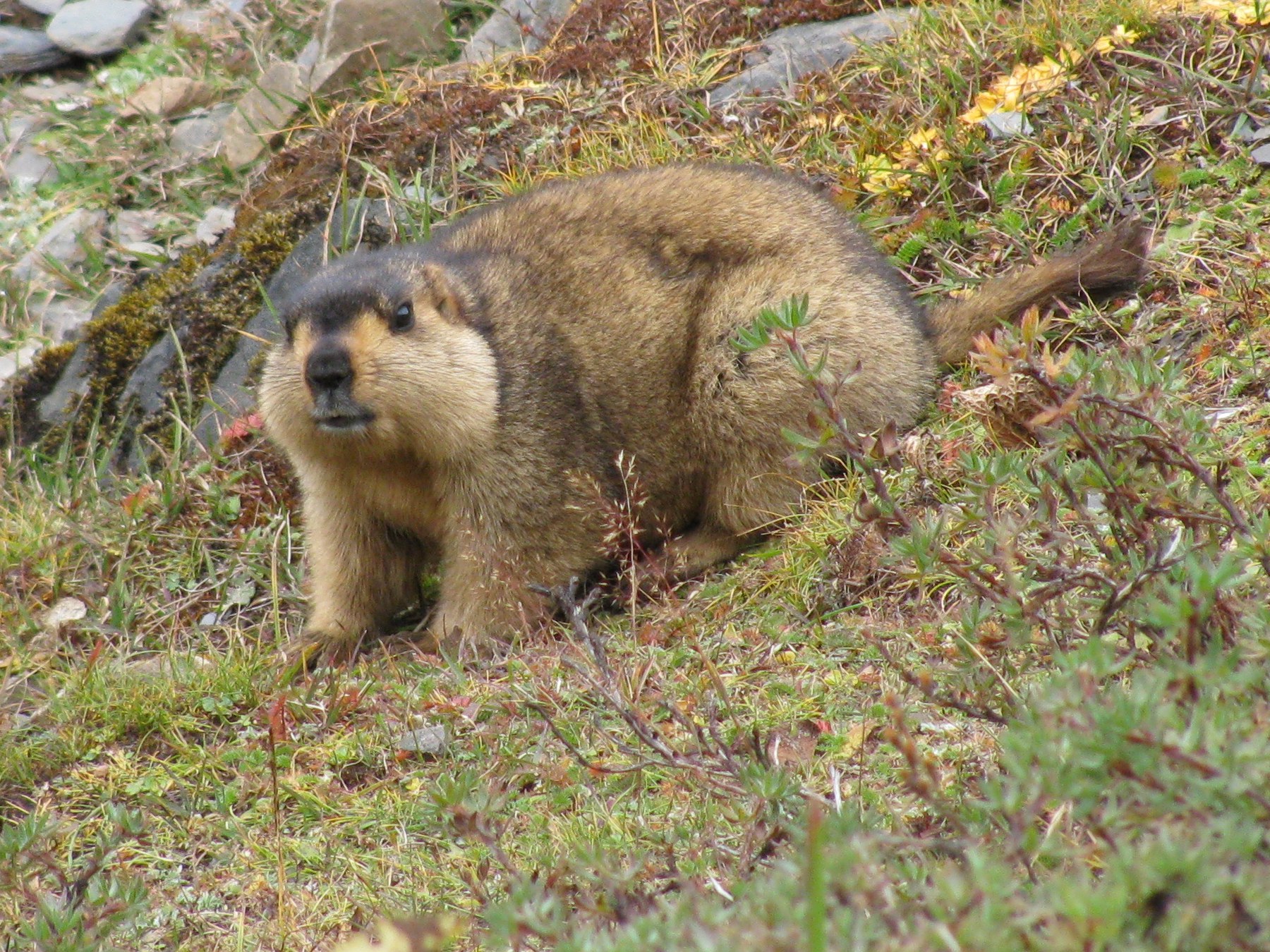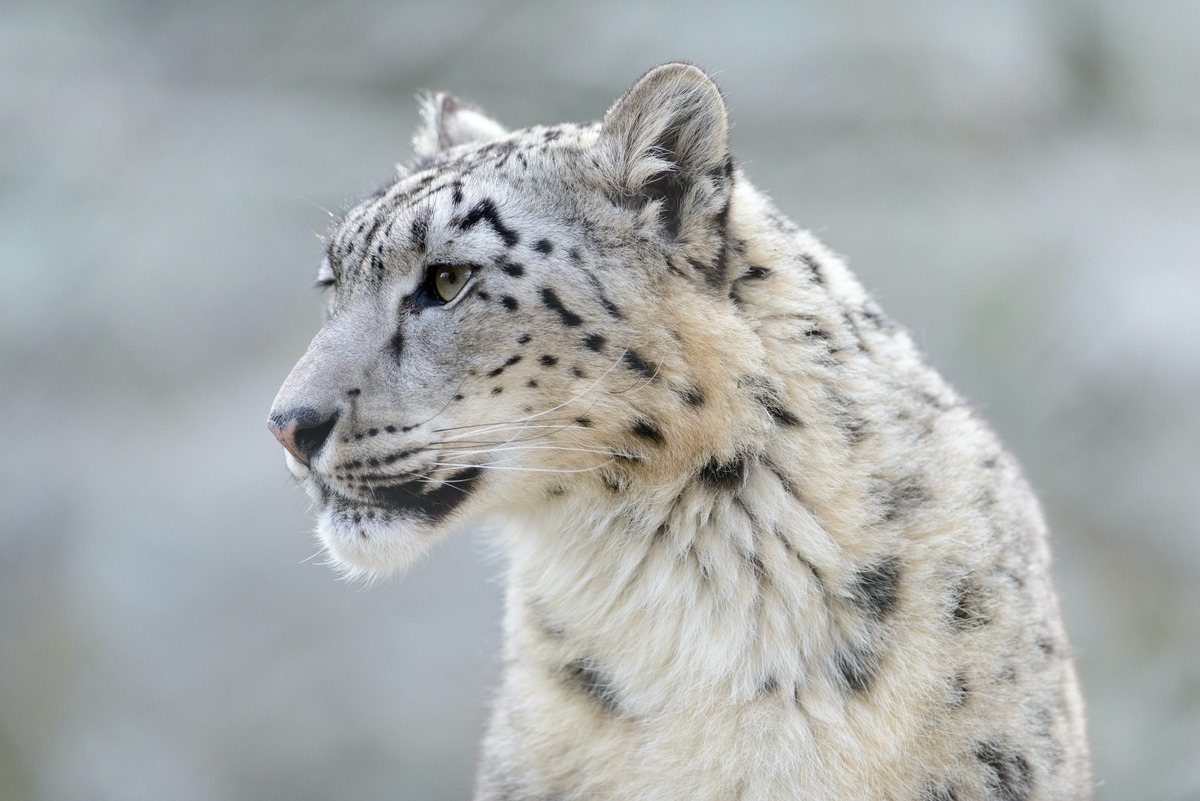Qilian Mountains Subalpine Meadows
The ecoregion’s land area is provided in units of 1,000 hectares. The conservation target is the Global Safety Net (GSN1) area for the given ecoregion. The protection level indicates the percentage of the GSN goal that is currently protected on a scale of 0-10. N/A means data is not available at this time.
Bioregion: Greater Tibetan Plateau Alpine Meadows & Shrublands (PA40)
Realm: Eastern Eurasia
Ecoregion Size (1000 ha):
7,339
Ecoregion ID:
763
Conservation Target:
83%
Protection Level:
5
States: China
The Qilian Mountains crest along the northeastern rim of the Tibet Plateau at elevations over 5,500 m. Qilian Mountains Subalpine Meadows occur above 3,000 m elevation on rolling hills against a backdrop of rocky scree slopes and glaciated peaks. Himalayan marmot, Chinese grouse and thinly scattered herds of wild ungulates (hoofed mammals) share this habitat with increasing numbers of domestic livestock. Where conditions are suitable, mostly on north-facing slopes, subalpine conifer forests spread across this landscape as well, forming a separate ecoregion, the Qilian Mountains Coniferous Forests.
_1_4028mdk09%20via%20wikimedia.JPG)
the flagship species of the Qilian Mountains Subalpine Meadows ecoregion is the wild yak. Image credit: Creative Commons
Qilian mountain subalpine meadows support graminoids (grasses and the grass-like sedges) and forbs (small, broadleaf herbs) below 3,300 m, with alpine scrub at higher elevations. Generally, vegetation here is similar to that which prevails across the whole eastern third of the Tibet plateau: flat areas and sunnier, south-facing slopes are dominated by a closed cover of feather grass (Stipa), wild rye (Elymus), and small tufts of Kobresia sedge; shadier, north facing aspects have many of the same graminoids, but they are woodier, with the addition of the shrubs Potentilla fruticosa, willow, and Caragana, a thorny legume of drier sites.
Among forbs, the buttercup family Ranunculaceae is well represented by showy wildflower taxa like anemone, monkshood, larkspur, meadow rue, and Oxygraphis. Other plant genera diverse in this ecoregion are Gentiana and Pedicularis (lousewort). Bogs and marshy places are sedge dominated, often colored yellow in summer by blossoms of the lousewort Pedicularis longiflora, a root parasite adapted to life in cold, wet, oxygen-depleted soils. These meadow habitats all have a short growing season, low species richness, and low primary productivity.

Himalayan marmot. Image credit: Chistopher J Fynn, Creative Commons
Caterpillar fungus Ophiocordyceps sinensis is abundant in this ecoregion. The fruiting body produced by this fungus after it has infected and consumed the subterranean larva of the ghost moth Thitarodes is extremely valuable due to its purported medicinal qualities. Where it is commercially harvested, numerous socio-economic and ecological consequences ensue.
The Qilianshan National Nature Reserve (QNNR) was enlarged in 2012 to protect 26,530 km2 of Qilian mountain habitat—forest, meadow, and alpine scrub. Four large carnivores—snow leopard, Eurasian lynx, gray wolf, and brown bear—range within these habitats, and may frequent the subalpine meadows. Other large mammals include white-lipped deer, argali, Tibetan gazelle, and black-tailed gazelle. Wild yak has been recorded in QNNR, but there are no confident estimates of population size.

Snow leopard. Image credit: Eric Kilby, Creative Commons
Over the past generation, stocking density of livestock has increased substantially and the quality of the rangeland has suffered as a result. Domestic livestock affect the plant species composition of the subalpine meadows, encouraging a higher frequency of unpalatable species, and creating expanses of naked black soil that are difficult to rehabilitate. Commercial harvest by villagers of caterpillar fungus, mushrooms, and medicinal and aromatic plants is intense in some areas, but the ecological consequence of these activities is not well understood.
Wire fencing used to control livestock can interfere with the movement of wild ungulates. Campaigns to eradicate marmot, regarded as a livestock competitor, have significantly reduced the number of these small mammals, and the effect of this change on the ecosystem is also not well known.
The priority conservation actions for the next decade are to: 1) monitor livestock grazing and fencing; 2) model the effect of fungus harvest on Ophiocordyceps-Thitarodes population dynamics and explore ways to reduce ancillary impacts of ‘fungal commodification’6; and 3) monitor climate change which appears to be affecting the habitat distribution of species in this ecoregion.
Citations
Alexander, J., Chen, P., Damerell, P., Youkui, W., Hughes, J., Shi, K., Riordan, P. 2015. Human wildlife conflict involving large carnivores in Qilianshan, China and the minimal paw-print of snow leopards. Biological Conservation 187: 1-9.
Carpenter, C. 2000. Eastern Asia: Central China. https://www.worldwildlife.org/ecoregions/pa1015#. Accessed December 2018.
Wang, G., Zhou, G., Yang, L., Li, Z. 2003. Distribution, species diversity and life-form spectra of plant communities along an altitudinal gradient in the northern slopes of Qilianshan Mountains, Gansu, China. Plant Ecology 165(2): 169-81.




